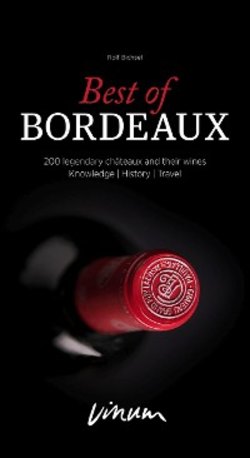Читать книгу Best of Bordeaux - Rolf Bichsel - Страница 23
Оглавление23
rows of vines into this mixture. The vines seemed to take to it well, but would
the results meet the expectations?
After many years of testing and selection, the resulting wine was red in colour
but sadly also rather tart and angular, and not at all sweet or easy to drink. It also
had a rather unique aroma – in the truest sense of the word. The Londoner, Sec-
retary to the Admiralty and Member of Parliament Samuel Pepys did not write
in his oft-cited diary in 1663 that he had drunk a wine that tasted better than
any other, but rather that he ‘drank a sort of French wine, called Ho Bryan, that
hath a good and most particular taste that I never met with', and which – reading
between the lines – left him surprised and very undecided, perhaps thinking
‘this tastes a little strange, but if others like it then I will probably enjoy it as
well'. However, the fields and farmland which the de Pontacs gained as a dowry
were very unforgiving, so the family developed new cultivation techniques and
selected and planted suitable vines, all with the bailiffs at the door. They simply
made a virtue out of necessity and turned a disadvantage into an advantage.
Opaque colour and tannic flavour? Something for men of the world to savour
and keeps much better than the pink sauces of their competition, particularly
once wine was sold in glass bottles, the production of which gradually improved
from the 16th century onwards (King Charles II of England's cellar book from
1660 records the purchase of 169 bottles of Hobrion at the price of 21 shillings
Château Calon Ségur
